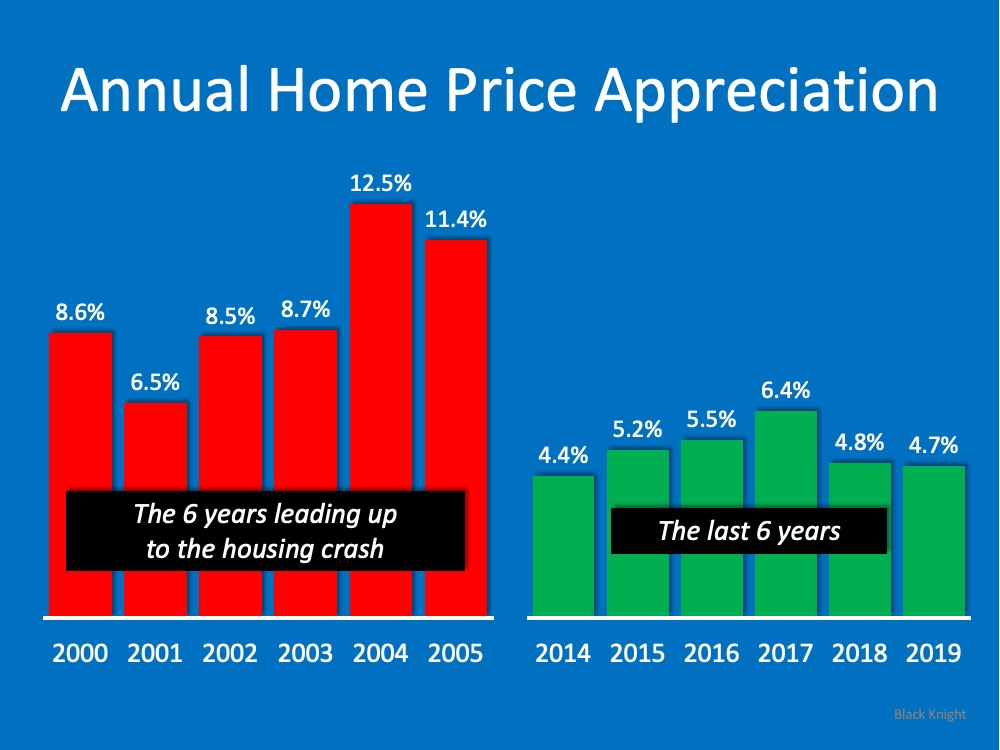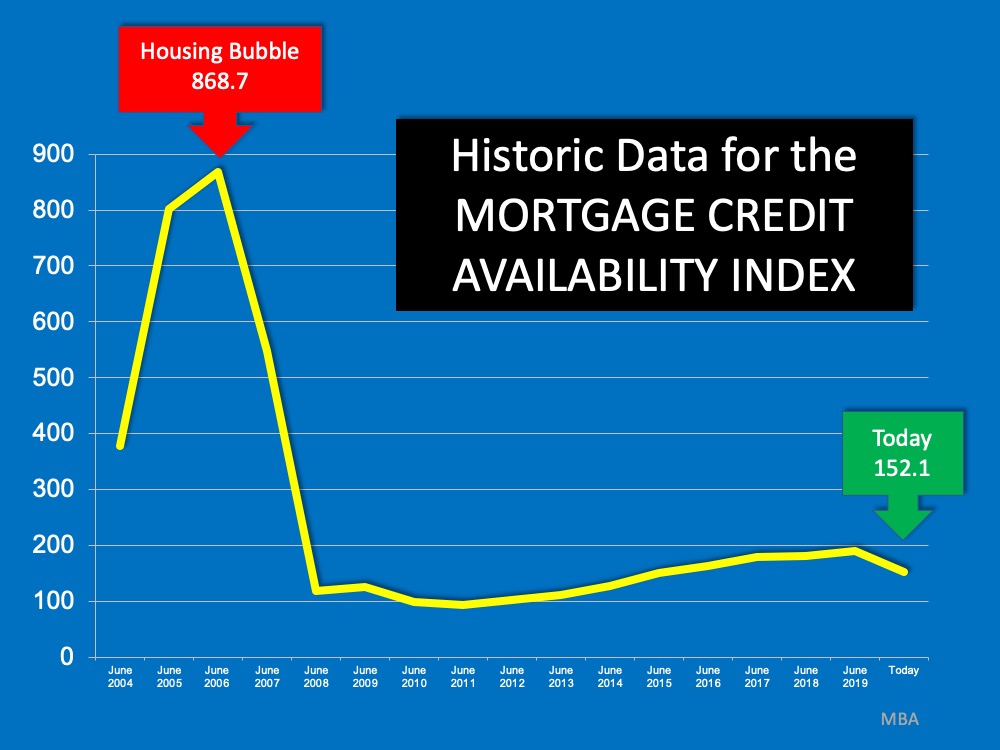![Today’s Expert Insight on the Housing Market [INFOGRAPHIC] | Simplifying The Market](https://files.simplifyingthemarket.com/wp-content/uploads/2020/04/23163619/20200424-KCM-Share-549x300.jpg)
Some Highlights
- According to Lawrence Yun, Chief Economist at NAR, home prices are forecasted to rise.
- Results from the Existing Home Sales Report note that home sales declined in March due to the coronavirus, but prices are still strong.
- Let’s connect so you can better understand your home’s value today.

![Today’s Expert Insight on the Housing Market [INFOGRAPHIC] | Simplifying The Market](https://files.simplifyingthemarket.com/wp-content/uploads/2020/04/23173323/20200424-MEM-EN.jpg)













